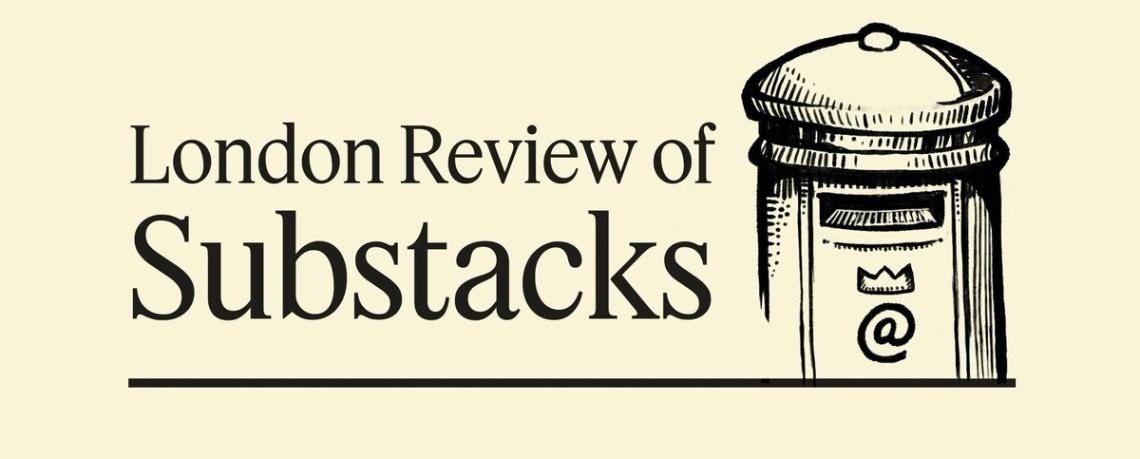 The sacred scroll Technology profanes the sacred, writes Jeremiah Johnson on Infinite Scroll. The word “profane” comes from the Latin for “outside the temple,” and it means to desecrate something. The sacred comes in many forms: “A morning walk in a forest, quiet coffee with a loved one, a night time prayer” — anything that takes you out of yourself and links you to something bigger, something important. “People crave sacredness and ritual,” he says. He is writing from holiday in London, where he is spending a lot of time at services in Westminster Abbey. “Some places are not meant to be profaned with technology. I cannot imagine how mortified I would be if, while sitting in the shrine of St. Edward the Confessor in Westminster Abbey with other worshippers, my phone rang.” The nature of social media, with its short-term, distracting nature, is the opposite of sacredness and ritual, he writes. That’s not always a bad thing, but “life benefits from quiet things that have no connection to modern technology.” Chinese takeaways The pseudonymous literary critic John Psmith, on Mr. and Mrs. Psmith’s Bookshelf, asks: How food-obsessed is China? In his review of the latest book by the English food writer Fuchsia Dunlop, the only Westerner ever to have trained at the Sichuan Higher Institute of Cuisine, the answer is “extremely.” He notes that in his own travels in China, he once went to a “Western restaurant,” with “French-style” and “German-style” steaks, and “roughly seventy different varieties of toast … Soup options included minestrone and borscht, both of them with the surprise addition of prawns.” “This ‘Western’ restaurant may sound ridiculous to you,” he says, “but it’s only as ridiculous as most of the ‘Chinese’ restaurants you’ve encountered in the West.” China is as big as a continent and has more culinary diversity than most actual continents. Trying to sum up the nature of Chinese food is impossible — Dunlop struggles in a 400-page book, Psmith says — but it is tied to its millennia-long history as a centralized state with “every imaginable biome” with “a fanaticism for river transport,” creating a sort of fusion cuisine avant la lettre: “China had fancy restaurants about a thousand years before France did.” The city I live in, the city of angels Los Angeles does not have a fantastic reputation, in some respects. It’s a city where “tens of thousands sleep outside every night; where biblical-scale natural disasters seem as common as light rain; where the freeway traffic is so slow you might as well get out of your car and dance.” But Benjamin Schneider, writing in The Urban Condition, argues that when he looks for places that “offer a positive vision of the future of American cities, my gaze keeps returning to Los Angeles.” Its transit plans are “the most ambitious of any city in the U.S.,” with huge plans for new metro lines and intercity rail. Voters have consistently backed affordable housing and made it easier to build. Its streets are, admittedly, “atrocious,” with high traffic fatalities and utter car dependency, but “things could be starting to change,” as the city looks to build hundreds of miles of bike and bus lanes and boost pedestrianization. New York, once the place where new urban design ideas “were incubated and exported,” could look to L.A. to learn some things. |